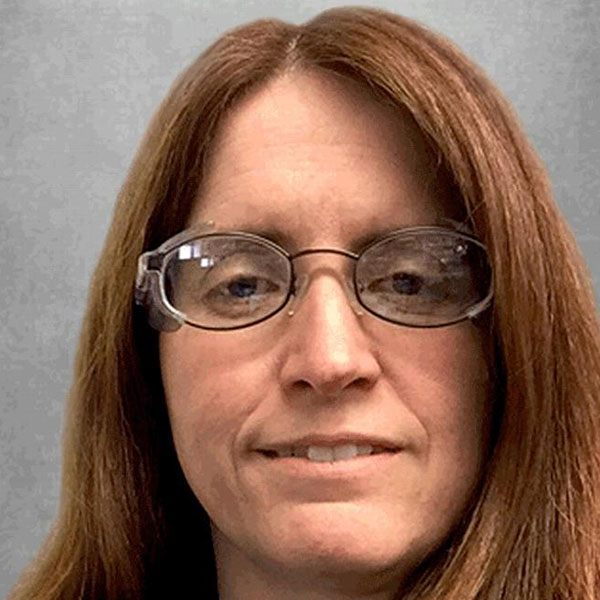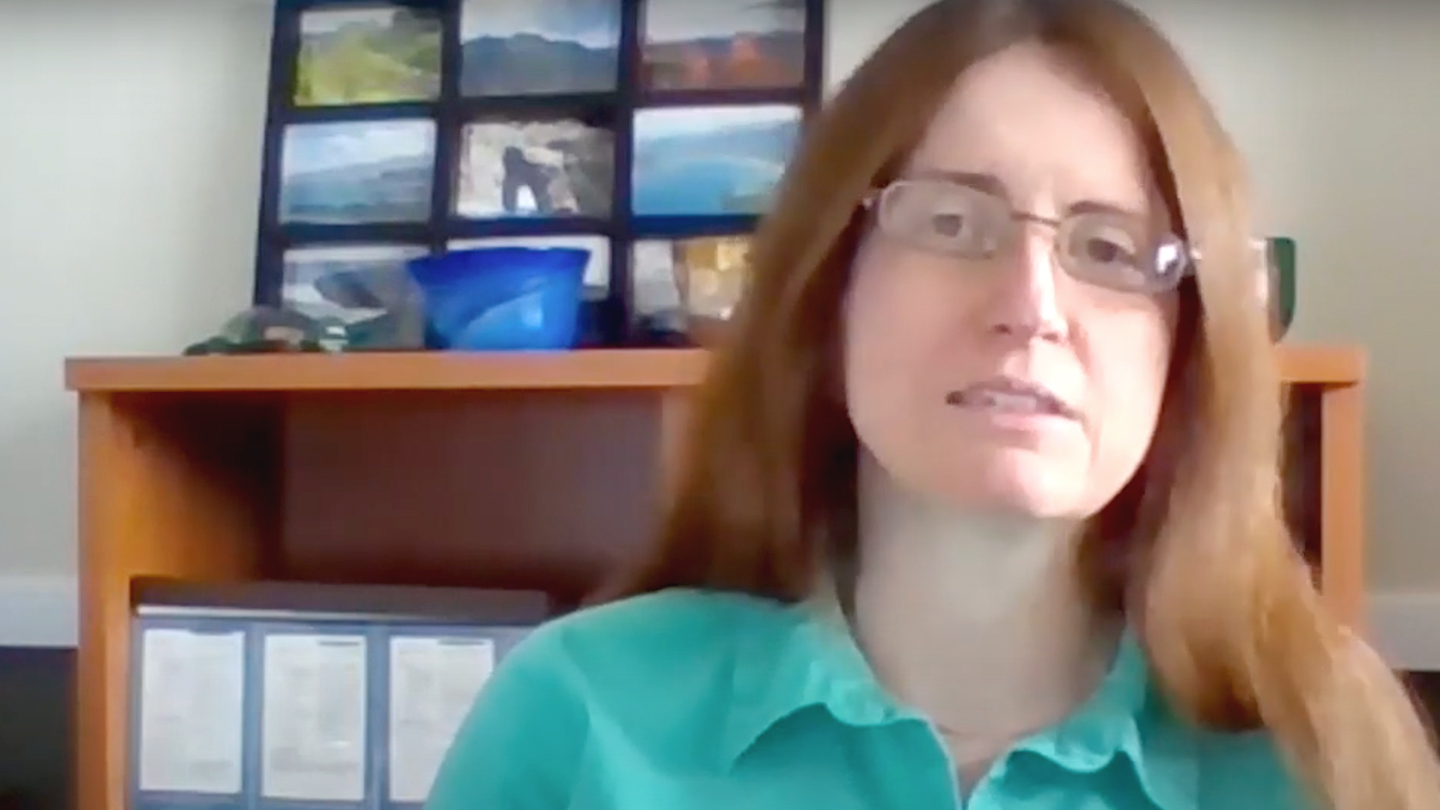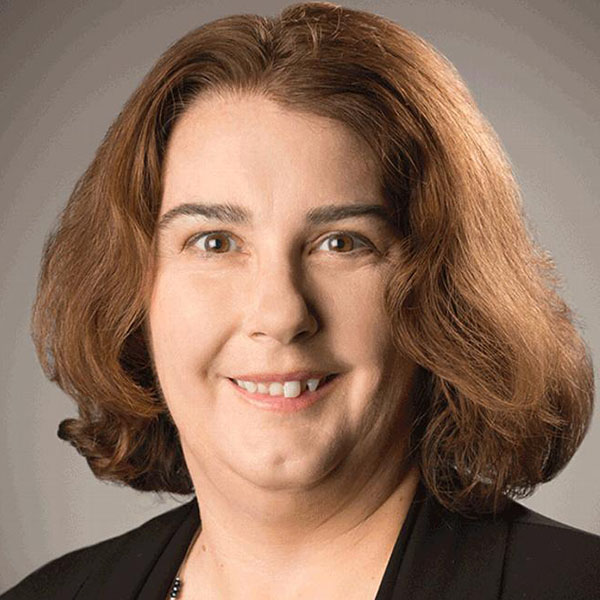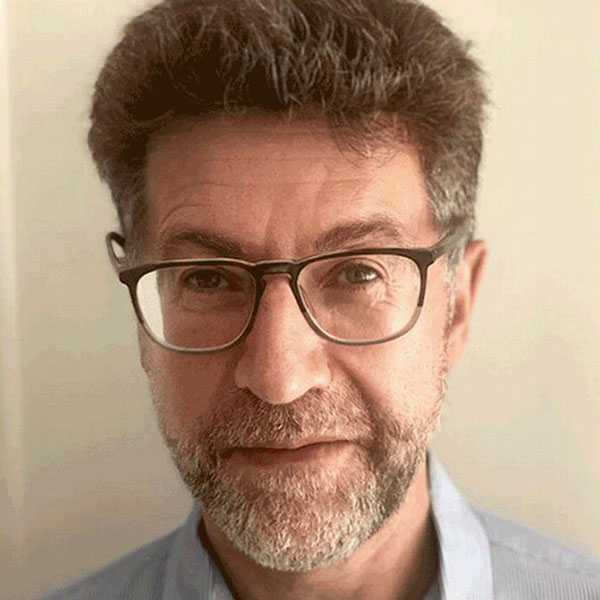Hear from some of the scientists who are helping discover and build new chemical compounds.
How medicinal chemists are creating new weapons against autoimmune diseases
Creative problem solving and data-driven science helps researchers illuminate a smarter path toward compounds that may address unmet patient needs.
Problem solvers only
For Kristine Frank, the best part of her job is making a chemical compound that the world has never seen before.
She’s a senior principal research scientist at AbbVie, where she makes new molecules with the goal of helping address unmet needs for people living with autoimmune diseases. It just so happens that her father, who lives with rheumatoid arthritis, is one of those people.
“Our team’s job is to design and synthesize small molecules that no one has ever made before,” Frank said. “It’s such an exciting challenge, but to know my work could also help people like my father is an incredible feeling and motivator.” It’s a challenge that can take more than 10 years to develop, on average, and requires dedicated and creative problem solvers like Frank.
In the face of such overwhelming odds, how can researchers tip the scales in their favor? At AbbVie, the journey to a new medicine uses strong science as a roadmap. Researchers aren’t simply screening vast libraries of compounds for one that may work. They are applying lessons learned from previous discoveries and blazing the trail to new therapies using data-driven research and cutting-edge chemistry.
Take rheumatoid arthritis (RA), for example, which is the most common form of autoimmune arthritis. RA is a chronic, systemic inflammatory disease that occurs when the body’s overactive immune cells mistakenly attack the joints, leading to painful and swollen joints, stiffness, fatigue, fever and loss of appetite.1 Yet, despite multiple treatment options that work in multiple different ways, most people living with RA have not achieved either low disease activity or clinical remission. Those are the primary goals of treatment, as defined by American College of Rheumatology guidelines.2,3
One reason that immune-mediated diseases like RA are tough to treat is that they involve complex signaling pathways. How does a medicinal chemist know where to focus their efforts for creating new a medicine?
“Believing in your science is key,” said Carolyn Cuff, Senior Director, Translational Immunology Department at the AbbVie Bioresearch Center. “Developing a specific strategy and hypothesis about why a new compound is different from other medicines in the class must be anchored in data, and then you have to trust that data to guide you forward.”
Starting at the start
Take rheumatoid arthritis (RA), for example, which is the most common form of autoimmune arthritis. RA is a chronic, systemic inflammatory disease that occurs when the body’s overactive immune cells mistakenly attack the joints, leading to painful and swollen joints, stiffness, fatigue, fever and loss of appetite.1 Yet, despite multiple treatment options that work in multiple different ways, most people living with RA have not achieved either low disease activity or clinical remission. Those are the primary goals of treatment, as defined by American College of Rheumatology guidelines.2,3
One reason that immune-mediated diseases like RA are tough to treat is that they involve complex signaling pathways. How does a medicinal chemist know where to focus their efforts for creating new a medicine?
“Believing in your science is key,” said Carolyn Cuff, Senior Director, Translational Immunology Department at the AbbVie Bioresearch Center. “Developing a specific strategy and hypothesis about why a new compound is different from other medicines in the class must be anchored in data, and then you have to trust that data to guide you forward.”
Overcoming adversity
Many immune-mediated diseases are already being treated using different compounds, but changes in the chemical structure of these compounds could lead to better treatments. That’s why the power of medicinal chemistry can really be a gamechanger. But that can mean that we need to build something that had never been built before.
Making a new compound and testing it can be really tough, said Michael Friedman, a principal scientist at AbbVie.
“You encounter a lot of failures,” Friedman said. “You make a compound, the compound is not potent. You make another compound, the compound is not selective. That can go on for a while unless you’re working off a strong hypothesis.”
Medicinal chemists, like Frank and Friedman, often have to design and make thousands of compounds over the course of a project. Each compound is tested and evaluated for positive and negative features, and those learnings feed into the next round of design and synthesis. The process is repeated until they find the one compound that works.
“Once you figure out how to make a new compound, things really start to unfold and can become really exciting,” Friedman said. “Nothing excites you more than success.”
The success of this strategic approach – called rational design and synthesis – at AbbVie has helped scientists more efficiently investigate potential small molecules that may have therapeutic benefit.
“Even if a compound is incredibly hard to make, that doesn’t mean that you shouldn’t make it. Once we’ve critically evaluated compounds in silico and convinced ourselves that a compound needs to be made, then this compound will be made because there’s almost nothing that we cannot make,” Friedman said. “That’s our spirit here at AbbVie.”
References:
1. World Health Organization. The Global Burden of Disease, 2004 Update. Available at: http://www.who.int/healthinfo/global_burden_disease/GBD_report_2004update_full.pdf Accessed on April 5, 2020.
2. Arthritis Care & Research, Vol. 68, No. 1, January 2016, pp 1–25
3. Ajeganova S, et al. Sustained remission in rheumatoid arthritis: latest evidence and clinical considerations. Ther Adv Musculoskelet Dis. 2017 Oct; 9(10): 249–262.
Media inquiries:
[email protected]




